In 2009 I came to Egypt to explore a dynamic development and culturally adventurous environment – thereby moving out of my European comfort zone. My destiny brought me to Sekem, a holistic initiative for sustainable development founded almost 40 years ago in the middle of the desert, where I am today leading the Department for Sustainable Development under the Sekem Holding.
Together with a small team we aim towards balancing the economic, societal, cultural and ecological life of the Sekem Group by improving and supporting the respective innovation, research and development efforts together with our partners. I am furthermore involved in the emerging Social Innovation Lab of the Heliopolis University for Sustainable Development that was founded by Sekem. Additionally, I supervise the monthly sustainable development reporting process based on Sekem’s Sustainability Flower.
My background is formally in corporate management and economics but I always seeked for a strong inter-disciplinary orientation. My passion for sustainable community building in the desert arised out of a striking experience of spending almost one year on one of Sekem’s desert farms together with my wife Soraya, with whom I have two beautiful kids: Noah and Suheila.
Greening the desert is possible but it needs a healthy, sustainable communities – like Sekem. But how can we upscale Sekem or rebuild another Sekem at another place?

This question is not only my personal passion and a potential answer for Egypt’s societal burning issues but also for Sekem itself. Sekem is a living organism with a broad institutional ecosystem from all spheres of life. For its long-term resilience the governance question is essential for Sekem because until today Sekem is governed and controlled strongly by two major leaders, Dr Ibrahim and his son Helmy Abouleish. The central hierarchy is typical for the prevailing local culture and very effective for building up Sekem in the past because in the beginning Ibrahim and later on Helmy as well have a unique overview on the whole organisation and a strong connection to the vision. Given the highly volatile political and economic environment and the growing complexity of Sekem with all its institutional ecosystem, theory suggests that Sekem needs to evolve into a next evolutionary phase with a more decentralised and self-managing structure. Bernhard Lievegoed called this a transition from “Pioneering Phase” via “Differentiation Phase” to “Integration Phase”. Other integral thinkers, such as Frederic Laloux, who builds his theory on Ken Wilber and Jean Gebser, are speaking of a “Teal Organization” with three major breakthroughs that characterise the organisation of the 21st century. Trans4m would call the direction of Sekem’s potential evolution a “movement towards an Integral Enterprise”, which in itself is a social innovation.
This being said there is a lot of inspirational thoughts that hint towards Sekem’s next evolutionary phase which is partly already materialized and reality. But the main modus of operandi for Sekem’s evolution currently remains the powerful pioneer, or the patriarchal hierarchy with a very holistic vision. The main challenge for a powerful transition to release Sekem’s full organisational and collective potential is the capacity and consciousness of people working in this social human system.
For me this is the exciting field of tension or evolutionary force that needs to be further examined and dealt with. I am facilitating this dialogue and also support some trials for testing out new governance methods and collaboration formats. The preliminary name of my own research-to-innovation, that I carry out through Trans4m’s PhD program, is called: Reinventing Sekem – Co-creating Social Innovation for Sustainable Development: The Case of Sekem in Egypt.



